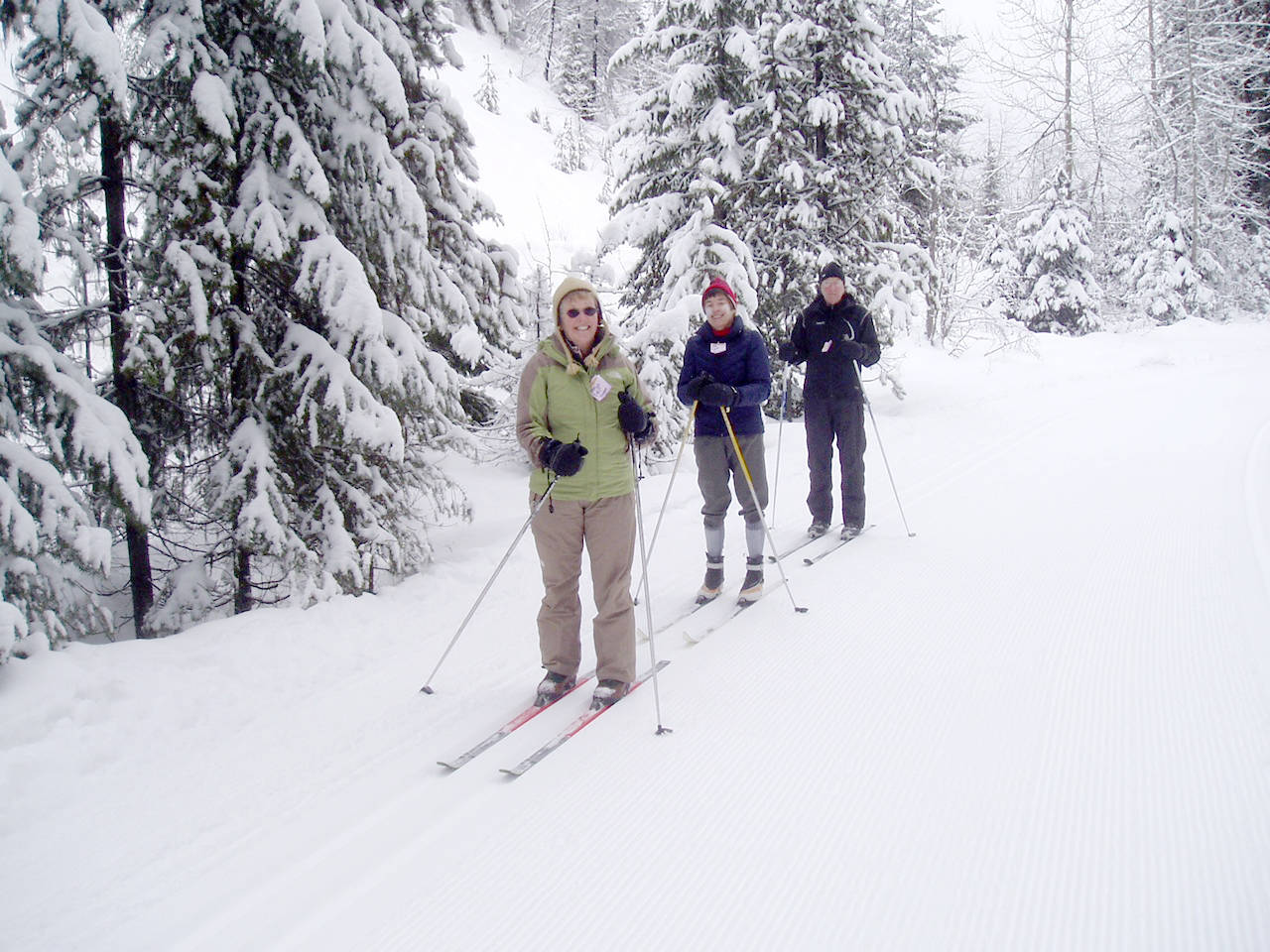If the U.S. State Department had treated its female employees more progressively back in 1957, Barbara Thomas might never have become a Lopezian. Back then, at UC Santa Barbara, she aimed for a career in the Foreign Service. She and a friend liked the idea of travel while “doing good things,” she says, “but then we discovered the State Department didn’t let women stay in the Service once they married.” So there went that career.
Instead, Barbara moved back to New York, where her family had friends, to follow another love, modern dance: “Creating images in space — that always intrigued me.” But when a broken foot healed badly, there went that career, too.
Just then, Barbara met an influential architect, who lit a new flame. She thought, “Oh! I could do good things just the way I could in the Foreign Service. I could create things in space.” So she began looking for architecture schools and poking around famous buildings. At a Frank Lloyd Wright home, Barbara got to meet the owner, who gave her the inside tour, then urged, “Go to Seattle and visit my friend Fred Bassetti.” So she did. It was 1962, and the famous architect was working on the U.N. Pavilion at the Seattle World’s Fair.
Barbara immediately loved Seattle’s freedom from the overbearance of one single, famous, style-dictating designer. She also loved its outdoor opportunities. She joined the Mountaineers, went boating and, at her new job with an advertising agency, met a young engineer named David Thomas. “I had a coffee pot, and he had a sink,” she explains, “so that’s how we met.”
David still had three years of Navy duty (Civil Engineers Corps), so after they married, Barbara put her UW plans on hold for a two-year stint in Alaska’s Aleutian Islands. In that remote spot, Barbara kept books, ran a classical radio show and skied. Befriending fishermen and hunters, she also cooked some fantastic meals.
The Thomases spent their third naval year in southern California, boating and biking whenever possible. Barbara took advanced math and science, so when they moved back to Seattle, she was beyond ready for her architecture program. “The dean said at my interview, ‘Why architecture? With your background, I could make you a planner so fast!’” But Barbara was done with theoretical papers; she was ready to deal in concrete — literally.
Finishing her undergrad degree, Barbara pursued her masters in a mix of architecture and psychology. “When you design things, do you influence behavior? That’s what I wanted to know. Nobody did that kind of stuff back then.” The psych department urged her to pursue her Ph.D., but once again Barbara chose the hands-on path.
In 1972, jobs were hard to come by, but Barbara found one in a firm with a boss described as “absolutely impossible.” Was he? “Yes, but I managed [but] what are you going to do?”
As part of the programming team, she met with commercial and institutional clients to assess their needs. Clients included Metro and Washington’s Fire Service Training Center. Her prep for that gig included travel to England for a tour of the Fire Training Center for all of Europe.
But programming was too compartmentalized; she never got to see her jobs to their completion. So she switched to McKinley Architects, which allowed her to follow a project from A to Z. Its high-tech clients had “very big buildings with very complicated needs.” For example, Siemens had scientists from Germany, California and Washington, and wanted to make sure they all talked to each other. Barbara’s team created an atrium in the center of all the labs, finding the resulting work atmosphere “very satisfying.”
Nearing the end of her career, Barbara took a job designing Washington State’s Emergency Operations Center at Camp Murray. Through David’s engineering firm, she had access to “base isolation” technology — never before implemented in Washington — wherein the building’s base is attached to another structure, isolating it from ground movement. Sure enough, an earthquake struck soon after the building opened, and … “Coffee cups didn’t even spill,” she relates proudly.
In 2002 the Thomases became full-time Lopezians, though they had “always been Lopezians at heart.” David’s aunt and uncle had founded Camp Nor’Wester, so the Thomases already felt connected when they bought Swift Bay Farm in 1972. The Thomases raised their kids, Kathryn and Christopher, in Seattle, but the whole family got into riding together, and Chris finished high school on Lopez with his parents coming up on weekends. As full-timers, they made their farm a center of activity, from Pony Club to sheepdog trials.
In “retirement,” Barbara was quickly pulled back into planning, joining the Technical Advisory Committee for the county’s Land Use plan; next, she began serving on the Planning Commission.After 18 years, still serving, she jokes about that long-ago UW dean: “Hey, look — he got me into planning after all!”



